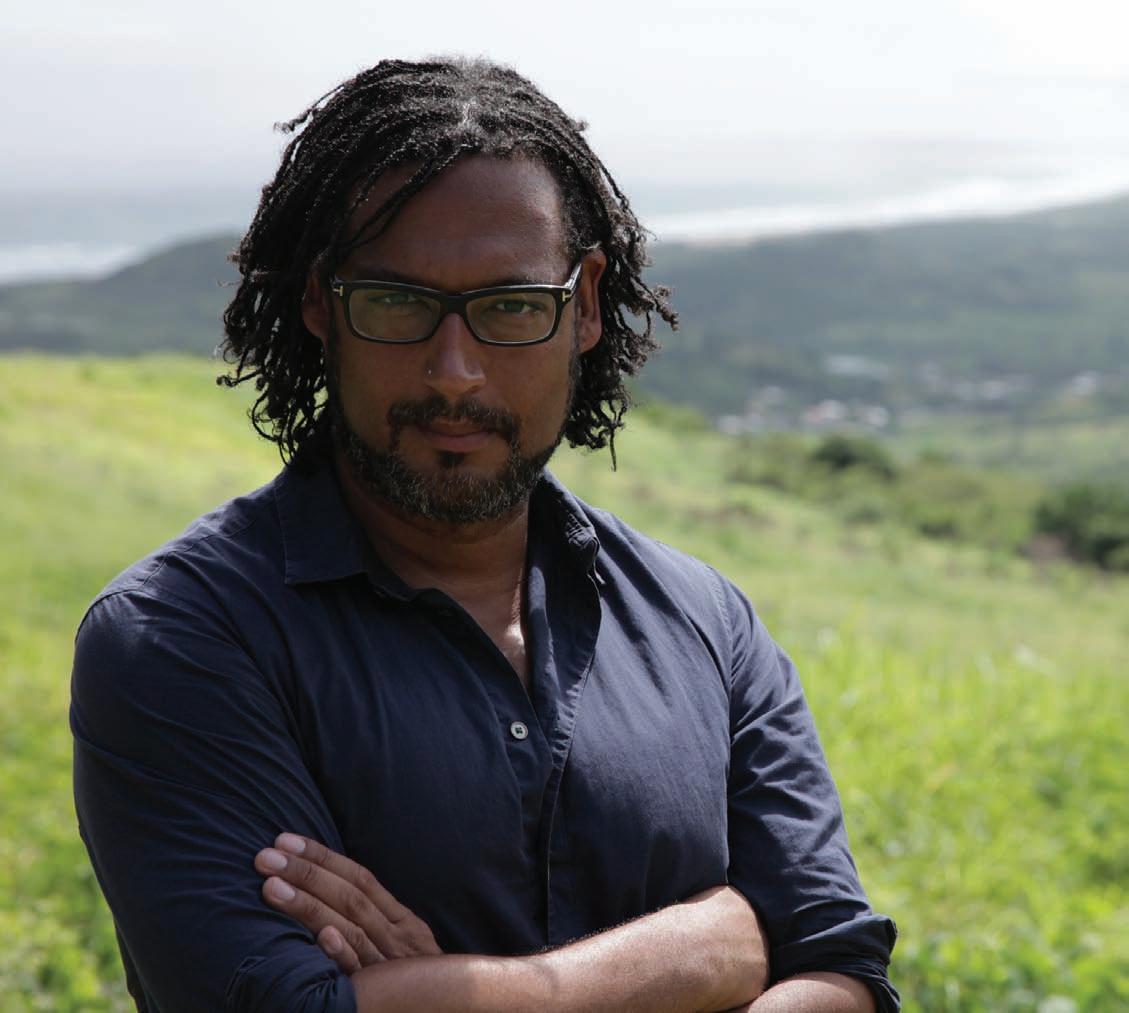Chatterton.qxp_Layout 2 24/08/2020 12:03 Page 1
Tate, London, 2011, collection – Tate Britain
GARDENING HISTORY | LITERATURE
The Death of Chatterton by Henry Wallis, 1856
The young father of Romanticism It’s been 250 years since the untimely death of the Bristol poet who, despite being said to have inspired, if not sired, the literary canon that encompassed Keats, Coleridge, Blake and Byron, is largely unknown in Bristol – although not to Stephen Roberts
C
onsidering the sad brevity of his life, his biography is surprisingly lengthy. I’m talking about Thomas Chatterton (1752-70) who was the archetypal ‘tragic poet’, a supremely talented wordsmith who took his own life aged just 17. Born in Bristol, to a father who was a ‘sub-chanter’ (assistant cantor) at the cathedral and master of a charity school, young Thomas would not know his dad (another Thomas), who died in the August preceding his birth. It wasn’t exactly an auspicious start. It did not augur well, you might say. Thomas’ mum, Sarah, was then a poor schoolmistress and needlewoman, trying to bring up her son and his elder sister as best she could. Home was literally ‘beneath the shadow of St Mary Redcliffe’ where it is mooted Chatterton’s antecedents had been either sextons or masons, their connection to that noble edifice dating back to Elizabeth I’s reign. The church provided Thomas with inspiration, both with its Gothic architecture and its memorials to Bristol worthies. We can still see where Thomas and his sister grew up and experience what ‘beneath the shadow’ meant. His former home is still there (a café today) with a plaque to the right of the doorway recording that the poet was born there in 1752 (in what was the schoolmaster’s house). The building is across the road from St Mary’s, separated from it by busy Redcliffe Way. Between the café and the road is a wall, which is all that remains of the school (c.1739), where Chatterton’s dad had been master. It looks incongruous today as what looks like the school’s front wall is 32 THE BRISTOL MAGAZINE
|
SEPTEMBER 2020
|
No 192
illogically close to the house/café’s side wall. The school was actually demolished in 1939, however, to widen the then Pile Street into Redcliffe Way, with the school’s façade being rebuilt on the line of what would have been its back wall. Now, it all makes sense. The young lad was deemed to have been ‘a dull, dreamy child’ until his seventh year, when he first displayed his prodigious talent by learning to read from a Bible. Once he’d achieved that, he consumed any book that came his way. He advanced further, courtesy of Colston’s bluecoat hospital (1760-65), during which time he wrote his first poem, before beginning a clerical apprenticeship with John Lambert, an attorney. Chatterton’s existence at Lambert’s has been described as ‘sordid’ (the mind boggles) but his duties appeared well within his compass, leaving him time to broaden his mind (history, heraldry, antiquities, music, and, of course, poetry), although he did get a beating apparently when his employer discovered he had been ‘wasting time’ writing poetry. Writing was where Chatterton’s real interest lay, though, and he produced his first ‘literary mystery’ (Elinour and Juga) in the summer of 1764 before he’d attained the age of 12. Chatterton claimed to ‘have got’ this from the muniment room at St Mary’s and ‘Canynge’s Coffer’ therein (a chest relating to William Canning, or Canynge, an eminent Bristol merchant who was held to have either founded, or at least, rebuilt the church, and which contained valuable manuscripts). Chatterton began to make money from his talent too. Early in 1767, he put together a pedigree (family tree) of the De Bergham clan for a Mr. Burgum, a

















